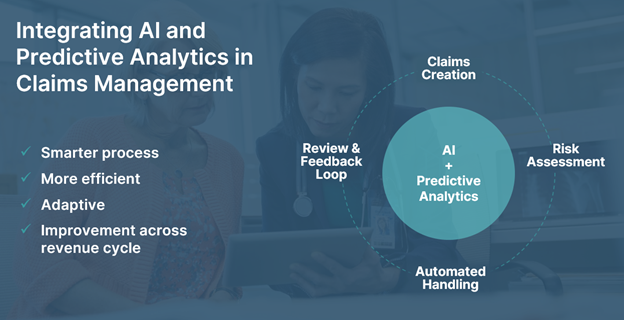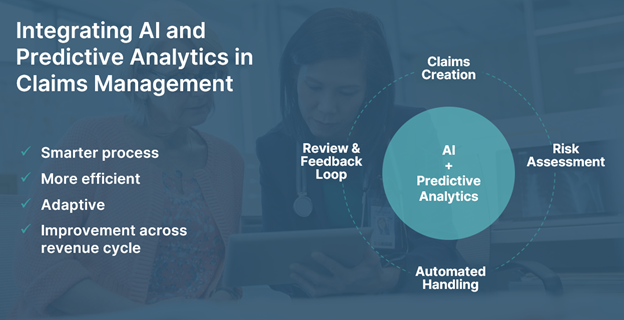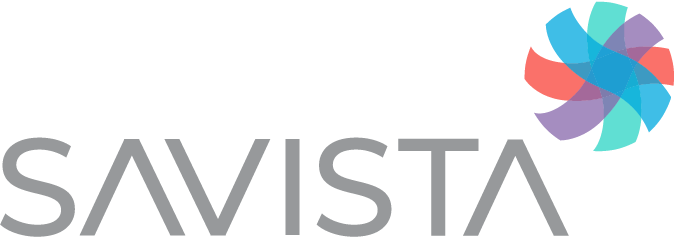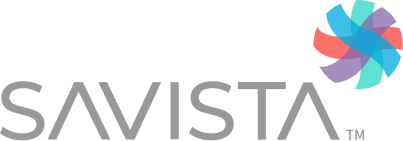John Hataway | Senior Director - Continuous Improvement & Automation
The healthcare revenue cycle historically, and in all too many cases presently, has relied heavily on manual processes and paper-based systems. This is a labor-intensive, time-consuming method prone to errors. Gradually, we’ve seen digitalization such as electronic health records and billing software systems, significantly improve efficiency and accuracy via standardization and improved integrations and information sharing.
Today, we stand on the cusp of a new era where advanced technologies, capable of moving beyond efficient movement and storage of data to synthesis of the information contained within, are becoming real and practical for use within the Revenue Cycle environment. These technologies, like AI, blockchain, and predictive analytics are not just concepts, but realities shaping the future of the healthcare revenue cycle. But, as with all transitions, this one requires thoughtful planning, adoption, and iterative learning.
Differentiating Emerging Technologies
Understanding the categories and capabilities of emerging technologies is critical in identifying the best way(s) to leverage them in optimizing processes within the revenue cycle:
Artificial Intelligence (AI) is the capability for a computer to synthesize data in a way analogous to a human. Capabilities (and notoriety) in this area have increased dramatically within recent years. However, AI is a broad concept and contains a number of components:
-
- Machine Learning (ML), allows us to leverage the vast amounts of data generated within our hospitals to enhance our decision-making process. By using ML, we can create more accurate patient segments based on their health profiles and history, leading to more accurate and efficient billing. ML can also enhance the coding process, minimizing errors that lead to claim denials.
-
- Natural Language Processing (NLP), enables more efficient interactions with AI-enhanced systems by allowing humans to use normal language syntax to make requests; this capability also facilitates the creation of human-readable outputs by these systems. For example, through automated transcription of medical records and extraction of key information from clinical notes, NLP is able to enhance the accuracy of coding and billing, easing the burden on healthcare providers and allowing them to spend more time on patient care.
Predictive Analytics is pivotal for future planning. It allows us to anticipate key events and outcomes based on current status: patient payment behavior, denial propensity, expected volumes, etc. This capability allows for proactive measures and aids in determining better allocation of resources to maximize revenue and minimize waste.
Blockchain Technology introduces an unparalleled level of transparency and security. By using smart contracts to automate billing, Blockchain hastens revenue recognition and provides an immutable record, thus reducing the potential for fraud.
Automation, particularly robotic process automation, serves as the foundational layer that enhances efficiency across these and other technologies. It streamlines routine tasks such as checking insurance eligibility and scheduling appointments by connecting disparate systems and triggering required next steps, thereby minimizing human error and freeing up staff to focus on more complex tasks. As such, Automation is essential for maximizing the benefits derived from each of these emerging technology platforms.

Leveraging AI and Predictive Analysis Simultaneously
While AI and predictive analytics offer significant benefits independently, their true power is realized when used in tandem within the revenue cycle. AI excels at synthesizing information to automate repetitive tasks, increasing efficiency.
On the other hand, predictive analytics shines in providing foresight and improving decision-making. By analyzing historical data, predictive models can identify patterns that forecast future trends or issues, such as high-risk claims or potential claim denials.
When AI and predictive analytics work together, we get a system that's efficient and intelligent. AI can use the insights generated by predictive analytics to make smarter decisions. For example, an AI-powered system can use predictive analytics to identify high-risk claims and then automatically implement preventive measures, such as additional reviews or audits.
Let's explore an example of how AI and predictive analytics could work together to optimize a claims management process.
- Claims creation: This starts with the creation of a claim after patient services. Here, AI can automate coding and billing, reducing the risk of human error and improving efficiency.
- Risk assessment: Once the claim is created (and in some cases even before), predictive analytics comes into play. It assesses the risk of denial based on historical data and a variety of factors such as coding patterns, patient demographic, or insurance coverage.
- Automated handling: Based on the risk assessment, AI then determines the appropriate handling process. Low-risk claims can be processed and submitted automatically, while high-risk claims are flagged for additional review.
- Review and feedback loop: The AI system learns from each claim's final outcome, using this feedback to continually improve its risk assessment and processing algorithm.
Through this seamless integration of AI and predictive analytics, we create a smarter, more efficient and adaptive claims management process that proactively manages risk and improves the overall revenue cycle.

The Future of the Healthcare Revenue Cycle
With technology accelerating at an unprecedented pace, the future of the healthcare revenue cycle is promising and exciting. As tools like AI, predictive analytics, and blockchain continue to evolve and mature, we can expect to see continued opportunities for innovation across all functions of the revenue cycle, leading to a system that's not just efficient and secure, but also one that significantly improves patient care. It's a system where administrative tasks are streamlined, resources are more optimally used, and the focus is rightfully on the patient. As we navigate this journey, continuous learning, adaptation, and innovation will be key. And the results will be an improved revenue cycle coupled with optimal patient care.




